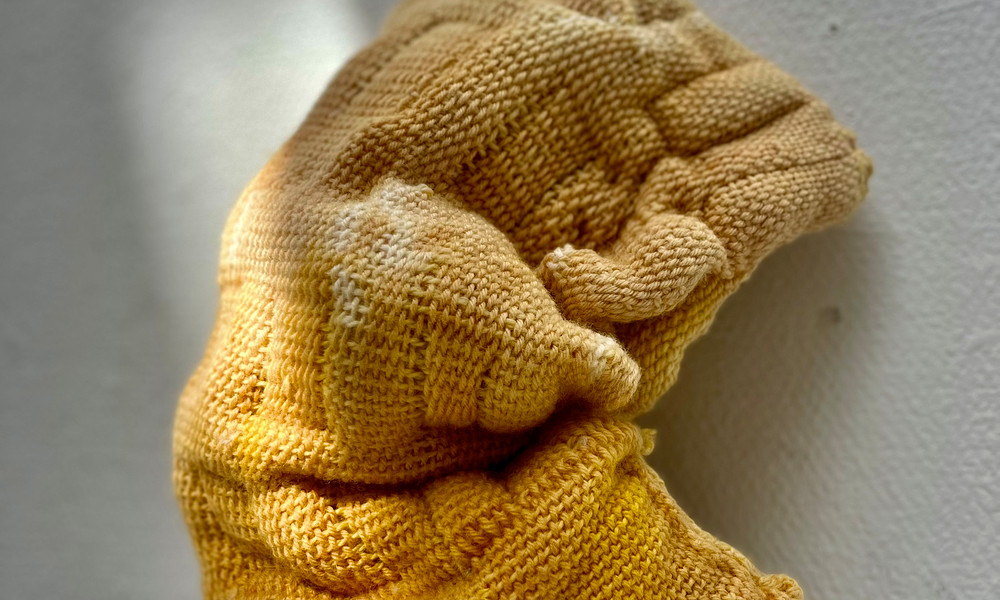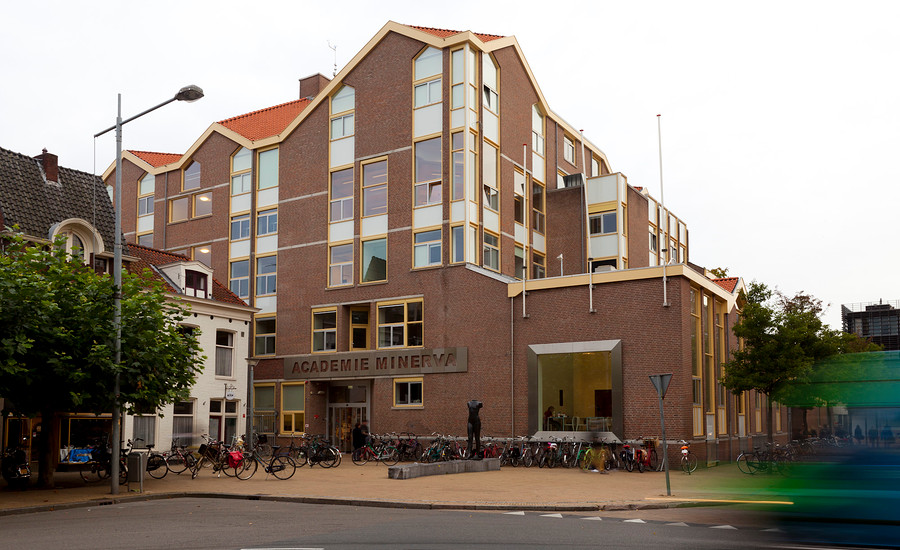Tactile objects designed for people with dementia: 'think of the mind as a bookcase'
- News


From 15 to 20 June, Academy Minerva presents the annual Graduation Show, this year at ten locations in Groningen. The latest generation of artists, designers and art teachers will display their graduation work - the result of hard work, research, fascinations, experiences and curiosity. One of them is Ann Zijlstra, who can be found at the Museum aan de A with Wevendvatbaar.
Ann started experimenting with spatiality from her interest in textiles and weaving techniques. "Since I myself am very set on interacting with people and still wanted to make something with a purpose, I was looking for the right interpretation for my project for quite some time. During a conversation with my tutor, in which we discussed our family histories, dementia came up. The disease unfortunately also runs in my family, and I wanted to understand it better. What happens in the mind of someone with dementia? What remains important and where are the boundaries? Especially in the later stages, when communication is almost impossible," Ann says. "Because of these questions and thoughts, I decided to focus my project on people with dementia."
Memories from younger years and the use of the senses lasts the longest. Thus, a person suffering from dementia can find support in tactile stimulation; the use of the senses. "What has helped me in understanding dementia is to think of the mind as a bookcase. The memories that are put in last go out first." Senses are heightened as the disease progresses. People with dementia can retrieve deeply buried memories by feeling. "Think of someone who used to do domestic sciences. Who might still be able to recognise techniques from feeling certain fabrics," according to Ann. With this in mind, Ann created three objects.
Distorting
The objects started out as flat fabric with simple strings that can be pulled. This causes the object to change shape. "While trying it out, I already liked how people were working with it because you can't really make mistakes. An object changes, but it can also recover its shape and that's a nice thought. People don't need to worry about it because the objects can be shaped the way they want. This creates an object with a story, because it is made entirely by the hands of the person working on it," Ann describes.
Preserved in time
Wevendvatbaar's objects are fed by the touches and emotions of the person who shapes it. For the family, it can be important to preserve that after someone has passed. That's why Ann thought of making prints of them. "With a print you could frame the object or give it a permanent place," Ann explains. "I think it would be nice to develop this further. People can get a lot of comfort and tenderness from having such an object."
During the Graduation Show, everyone can hold and feel the tactile objects. Ann has also prepared a leaflet for those who want to know more. "These are prototypes, but the objects can also be ordered. I have mapped out a process by which the family can decide on the right object step by step and make choices on how it looks and feels." Ann herself will be at the distinctive and monumental Museum aan de A all week to explain her project. "The story is very personal and I prefer to tell it myself. Feel free to drop by."

How satisfied are you with the information on this page?